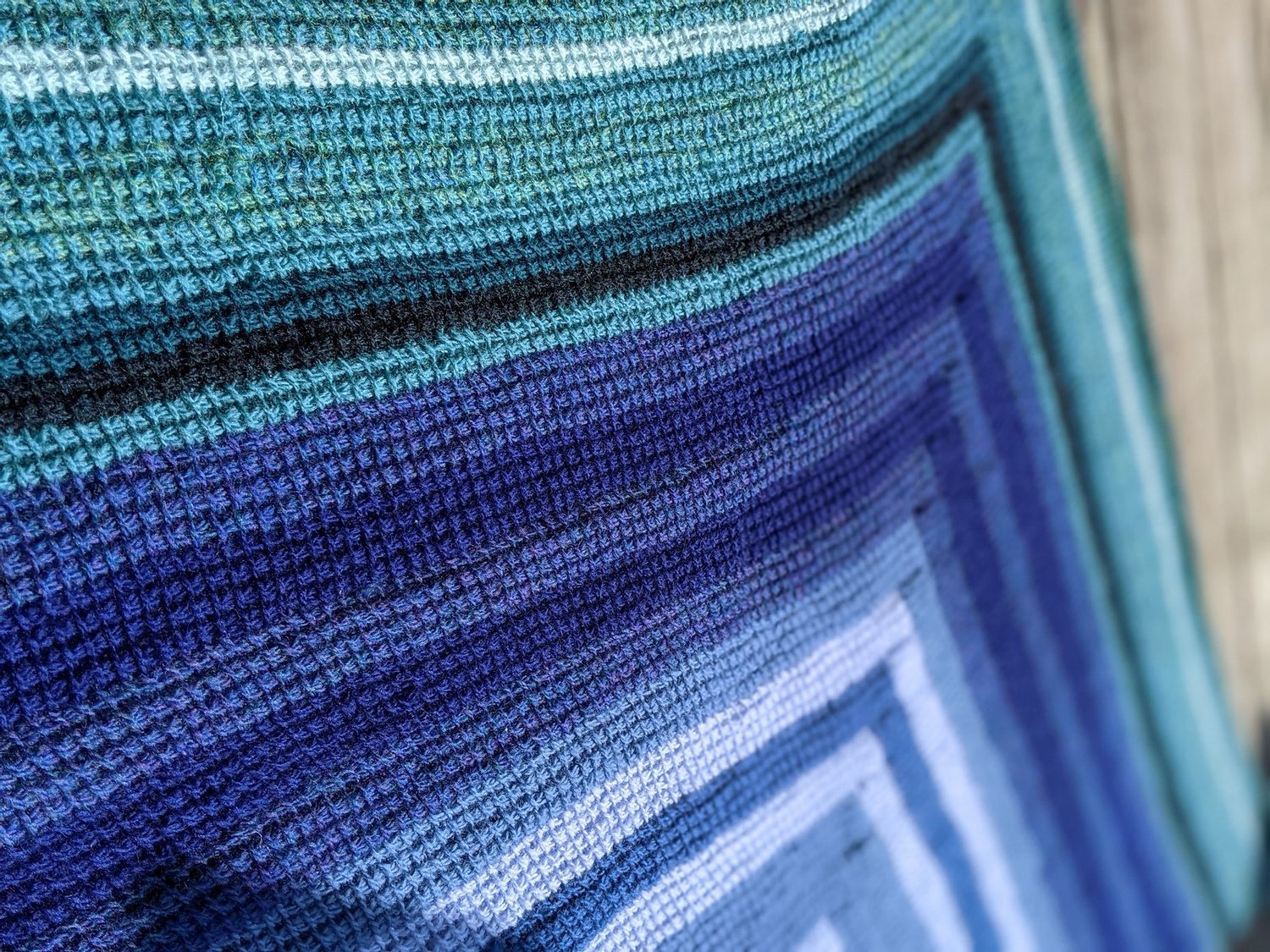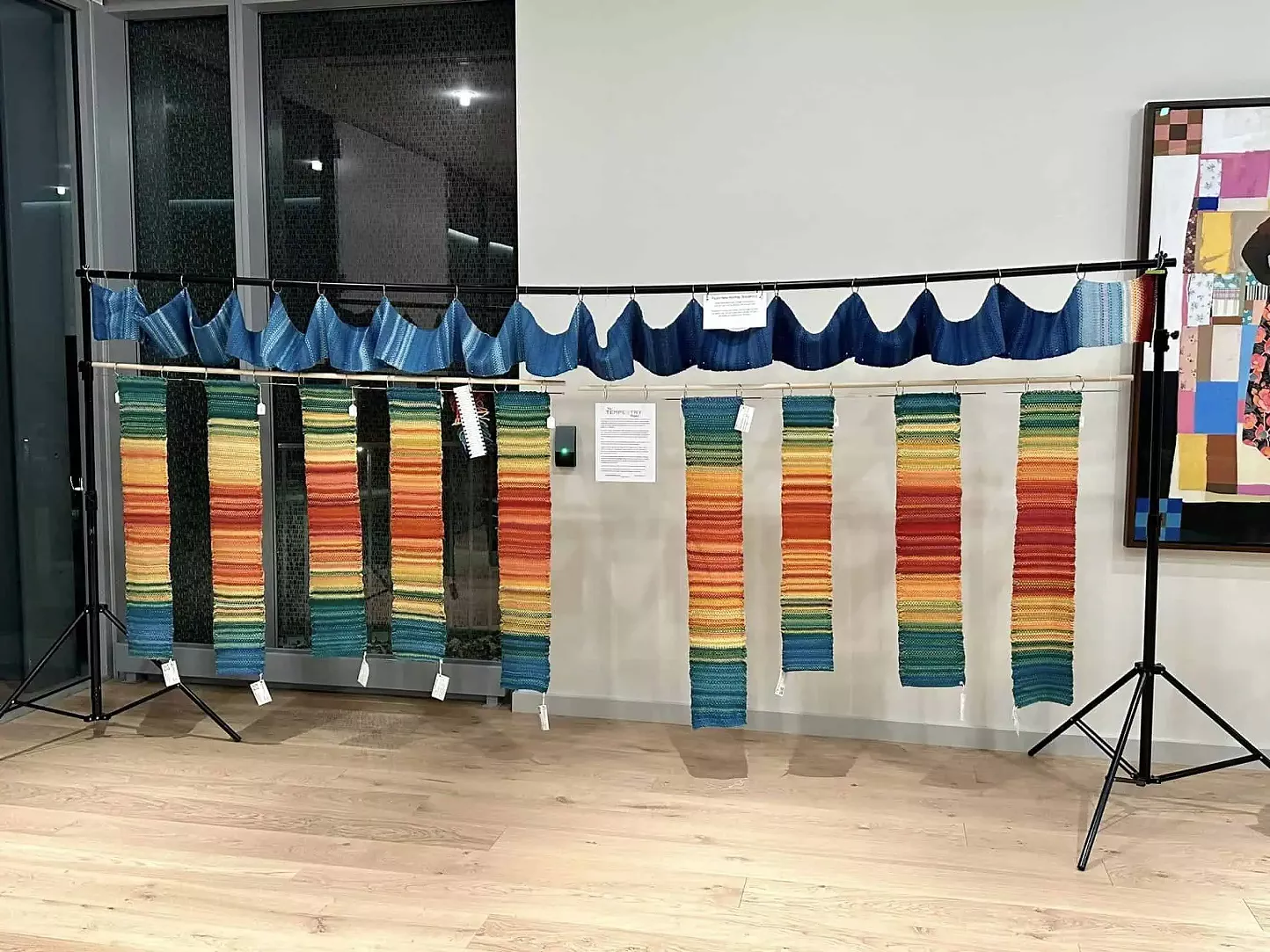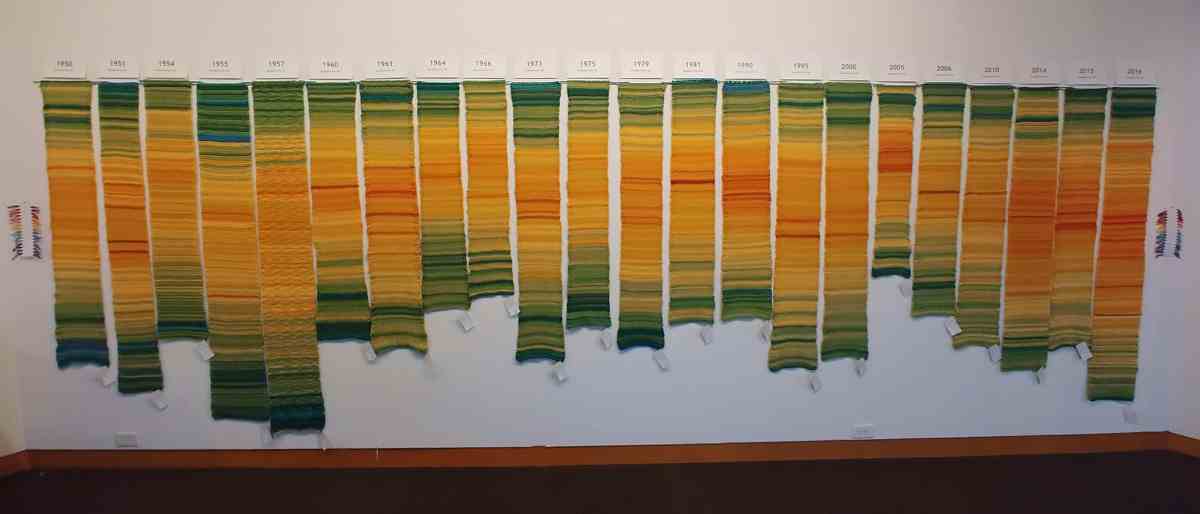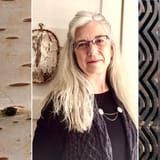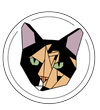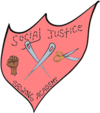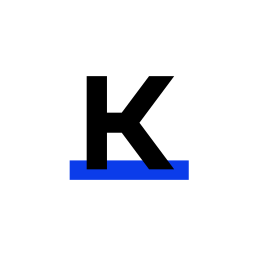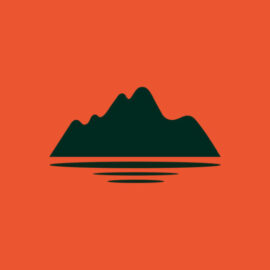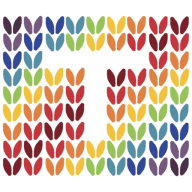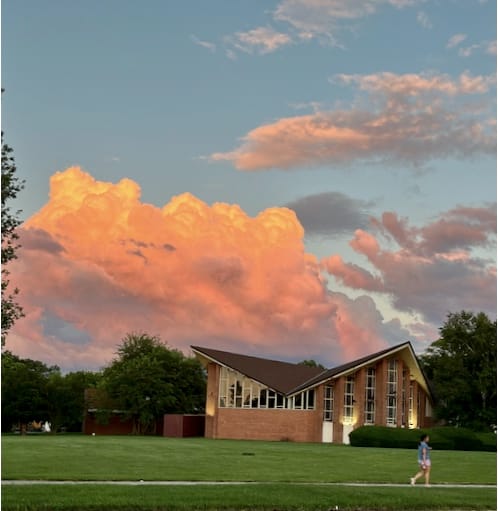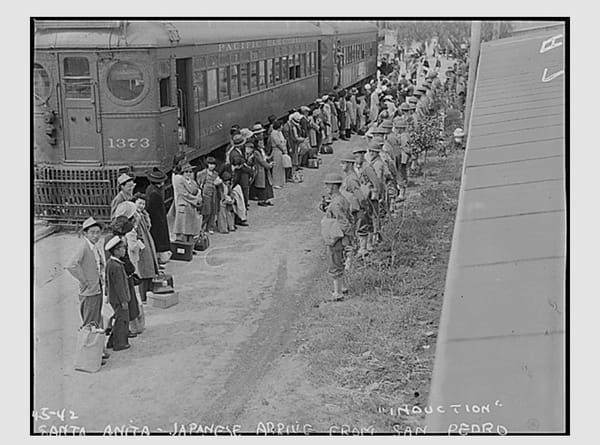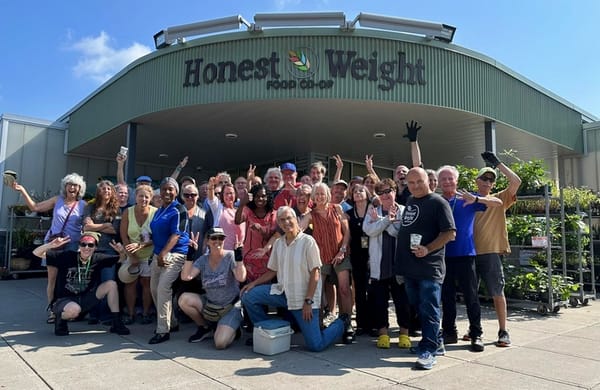Post #10 Piecing Things Together
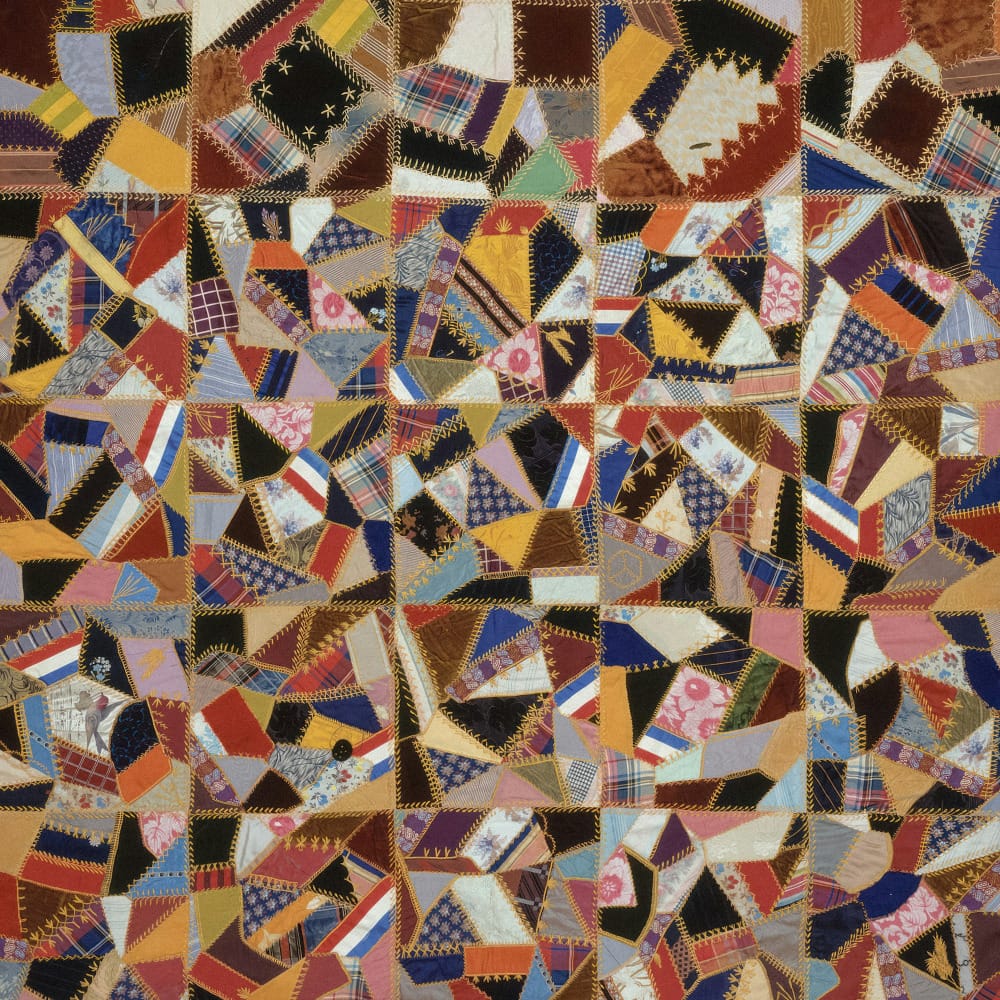
"People in different countries, at different times and in different ways, have used needlework to speak when their voices have been silenced, to speak for those they have lost through political upheaval. Women, especially those who are illiterate or living in poverty, have used sewing because it is the most accessible form available to them and used it as their voice." Clare Hunter, Threads of Life (155)
This week I am again picking up the thread of craft, and its significant role in responding to personal crisis and political threat. In her chapter called "Loss," Clare Hunter describes the many ways people have used needlework to move beyond the heartbreak of difficult living conditions or oppressive regimes. In addition to talking about the AIDS Memorial quilt, Hunter tells the stories of the the women who embroidered arpilleras to show scenes of life in Chile under the brutal Pinochet dictatorship; and the mothers of the disappeared under Peron, in Argentina, who wore the names and birth dates of their children embroidered into their headscarves as they protested. She also describes the experience of Esther Nisenthal Krinitz, a Polish Jew who, along with her younger sister, evaded capture when the rest of her family was murdered in the camps. Esther was 15 at the time, and after moving to the U.S. and raising a family, she began recording the story of that 12 year period of her life through embroidered panels. These thirty-six panels are stunning works, beautiful and heartrending.
For this week's post, I'm inclined to let pictures and links do most of the talking. I've assembled a set of resources that I feel are powerful and moving examples of the use of needlework for healing, recording, consciousness-raising, protesting, and social change.
I hope you will open some of these treasures.
Esther Krinitz's Embroidered Holocaust Panels
This thirty minute documentary provides a wonderful introduction to Esther Krinitz's powerful work. The website below it is also full of valuable and interesting resources that I am still exploring.

Transgender Quilt
The nine thousand square foot Transgender Freedom to Be Quilt, made by over 250 artists, has just been exhibited. The ACLU website offers many more details and actions:
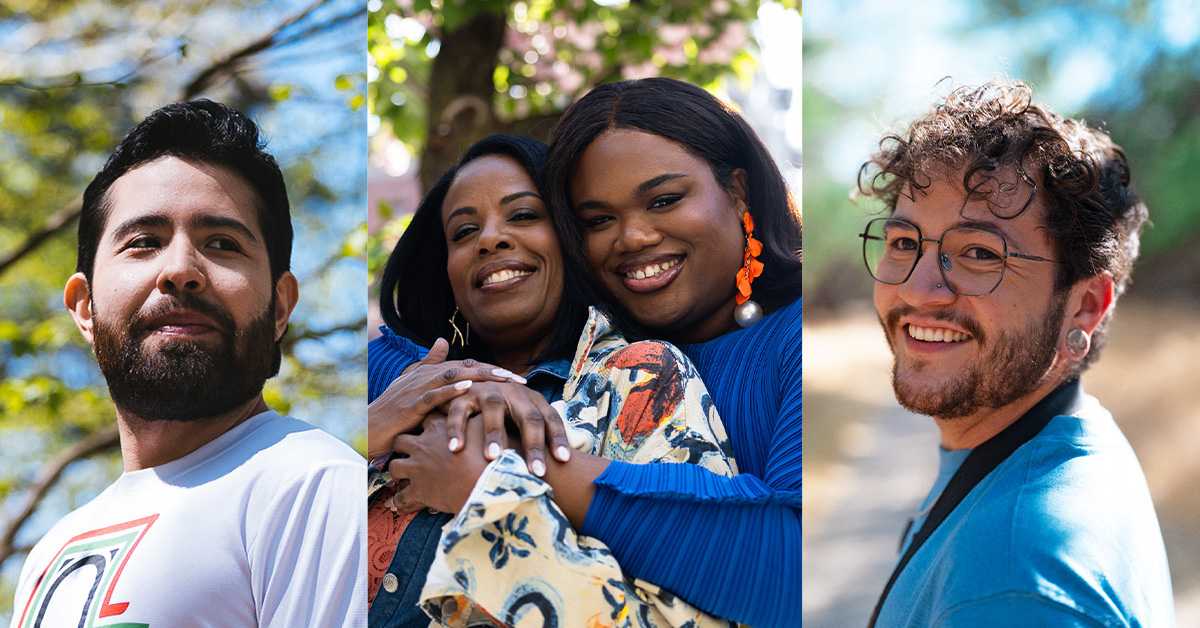
https://news.artnet.com/art-world/freedom-to-be-trans-artists-quilts-2646576
Here I have to add this lovely example of individual activism. Theo Randall designed a "pride house" pattern for quilters as a fundraiser for the Grand Rapid Trans Foundation, based on an architectural style common to that city:
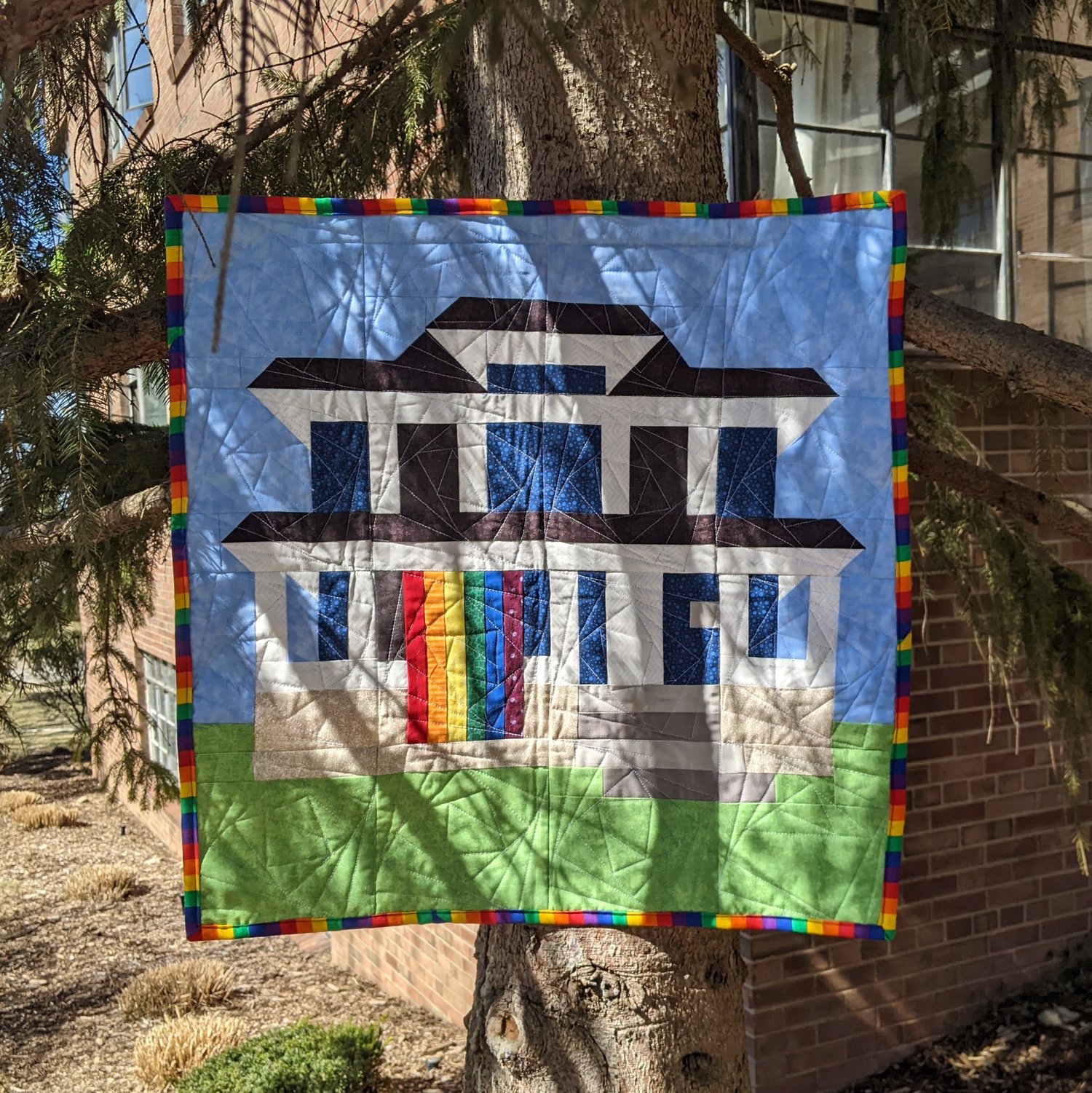
Social Justice Sewing Academy
This book, Stitching Stolen Lives, came out of the work of the Social Justice Sewing Academy Remembrance Project. You can learn more about the organization at the website linked below:
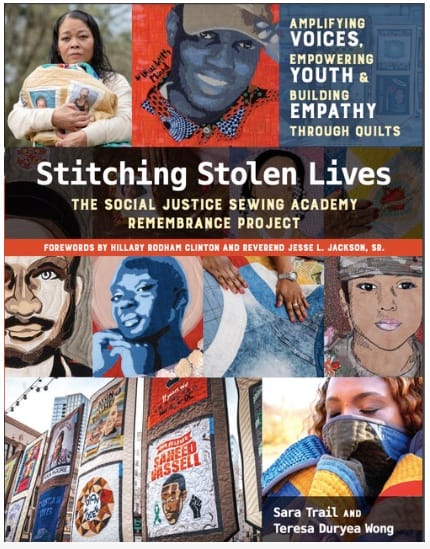

Vyshyvanka Day
Vyshyvanka Day was observed last week in Ukraine, on May 15. The photo below is from the linked article, and powerfully conveys the statement of resilient identity made by the wearing of these shirts. Let your eyes take in the shelled and bombed buildings in the background, along with the beauty of the young people. As Hunter explains, under Soviet rule, it was forbidden to wear this Ukrainian traditional embroidery: "its wearers could be, and were, imprisoned. Museums were instructed to destroy their traditional costume collections."
Tellingly, when they overturned a long tradition of ritual significance and goddess worship embedded in the embroidered symbols, the Soviet government "designed a different secularized and theatricalized version, which Ukrainians were instructed to wear for public dance performances and festivals. By maintaining a Soviet-wrought neutered version, the authorities reduced its potency and stayed in control of its meaning"(74-75). The linked article provides many historic photos that are a fascinating testament to local traditions.
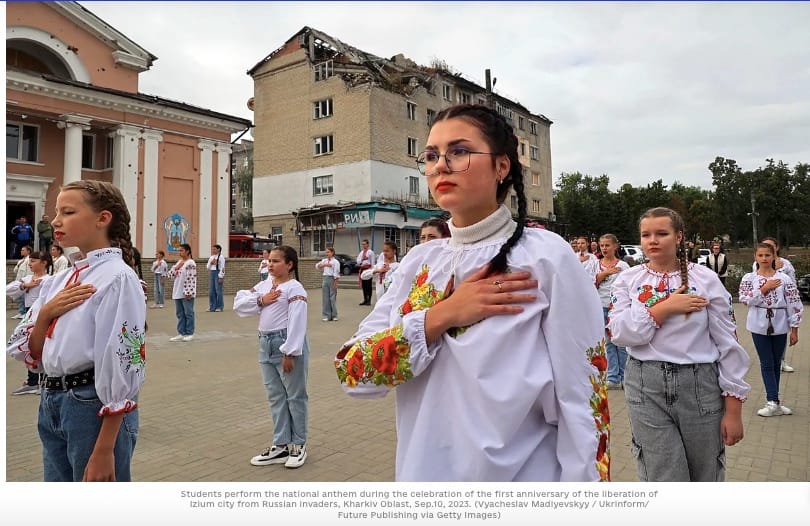
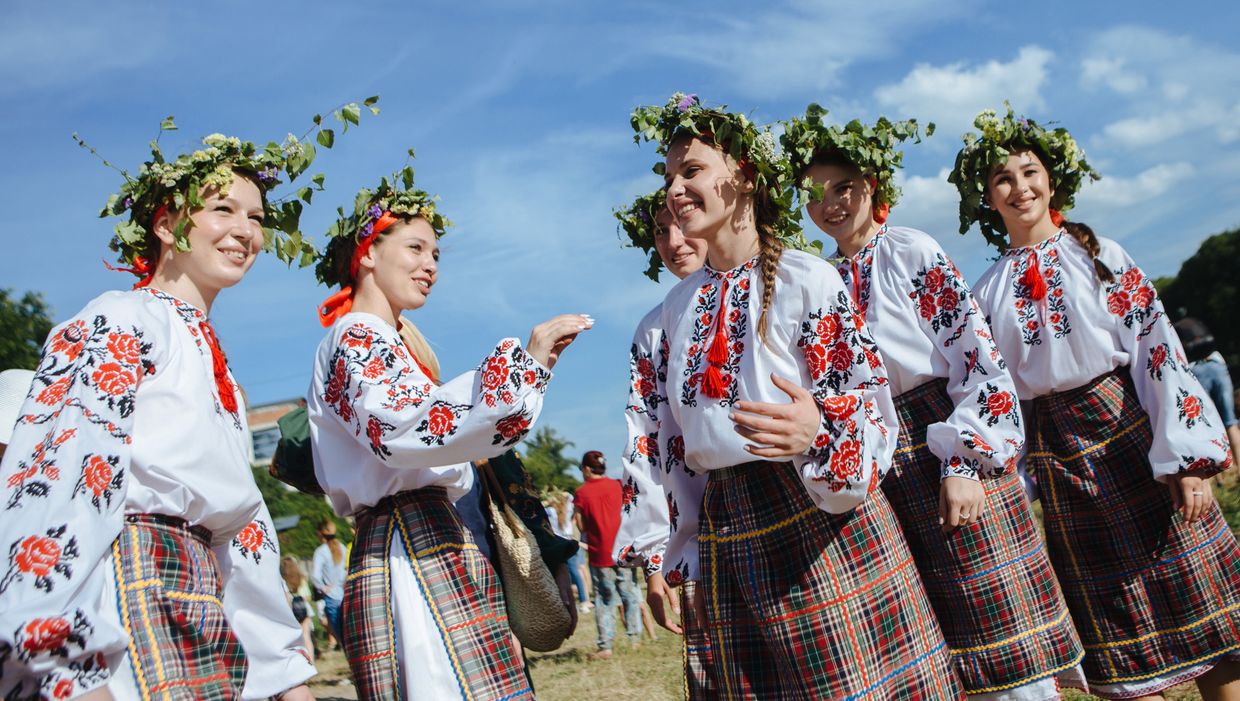
Environmental Art
The last set of sources involve handwork in service of environmental awareness and protest. Sun Day Wool and the Tempestry Project both include calls for participation, so if you are a fiber arts person of any kind, check them out! The Wool & Water project has an incredible gallery of people creating fiber art based on scientific data. Even if you aren't a crafter, it's worth a look, because the level of creativity displayed in the projects will inspire you.

